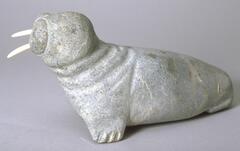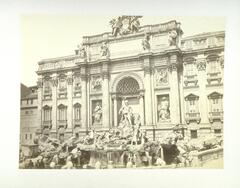120 UMMA Objects
120 UMMA Objects
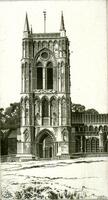
John Taylor Arms (American (North American))
Anglia Antiqua, West Walton
1937
Gift of Carl Fredric Clarke
1949/1.42
![This stone dagger has a handle that is divided into two parts, separated from each other by a thinner band. The upper tier is smaller in length than the lower tier, which flares outward as it approaches the end. The tip of blade is broken off. In profile, the blade thickens in the center.<br />
<br />
Carved from stone, this dagger with a two-tier handle is missing only its tip. The cross section of the blade is rhomboid, while that of the handle is shaped like a convex lens. The dagger is of the later two-tier-handled type (<em>idanbyeongsik</em>), meaning that it probably dates from the end of the early Bronze Age or the beginning of the middle Bronze Age. Max Loehr (1903- 1988) was a German art historian specializing in East Asian art who taught at the University of Michigan from 1951 to 1960 as a professor.<br />
[Korean Collection, University of Michigan Museum of Art (2017) p.32] This stone dagger has a handle that is divided into two parts, separated from each other by a thinner band. The upper tier is smaller in length than the lower tier, which flares outward as it approaches the end. The tip of blade is broken off. In profile, the blade thickens in the center.<br />
<br />
Carved from stone, this dagger with a two-tier handle is missing only its tip. The cross section of the blade is rhomboid, while that of the handle is shaped like a convex lens. The dagger is of the later two-tier-handled type (<em>idanbyeongsik</em>), meaning that it probably dates from the end of the early Bronze Age or the beginning of the middle Bronze Age. Max Loehr (1903- 1988) was a German art historian specializing in East Asian art who taught at the University of Michigan from 1951 to 1960 as a professor.<br />
[Korean Collection, University of Michigan Museum of Art (2017) p.32]](/media/W1siZiIsIjIwMjIvMDUvMjUvMjhpaWV3MzJmbV9kZWZhdWx0LmpwZyJdLFsicCIsInRodW1iIiwiMjQweDIwMCJdXQ?sha=d2502c4cf43f3c8e)
Korean (Korean (culture or style))
Polished Stone Dagger
900 BCE – 701 BCE
Museum purchase from the collection of Max Loehr
1960/2.117

Chinese (Chinese (culture or style))
Chisel
7500 BCE
Museum purchase from the collection of Max Loehr
1960/2.106
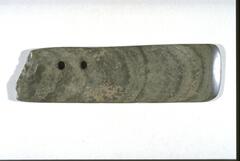
Chinese (Chinese (culture or style))
Adze
8973 BCE
Museum purchase from the collection of Max Loehr
1960/2.122
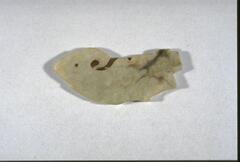
Chinese (Chinese (culture or style))
Zoomorphic pendant
8700 BCE
Museum purchase from the collection of Max Loehr
1960/2.95
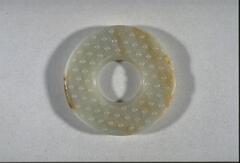
Chinese (Chinese (culture or style))
Bi disk
9794 BCE – 220 CE
Museum purchase from the collection of Max Loehr
1960/2.96

Chinese (Chinese (culture or style))
Bead (1 of a set of 5)
8973 BCE
Museum purchase from the collection of Max Loehr
1960/2.99
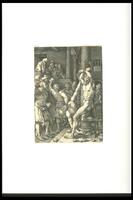
Heinrich Aldegrever
The two elders stoned by the people (one from the set of four prints, The Story
1555
Museum Purchase
1956/1.51

Randolph Rogers (American (North American))
Nydia, the Blind Flower Girl of Pompeii
1861
Gift of Rogers Art Association
1862.1
Loading…

